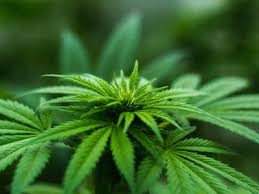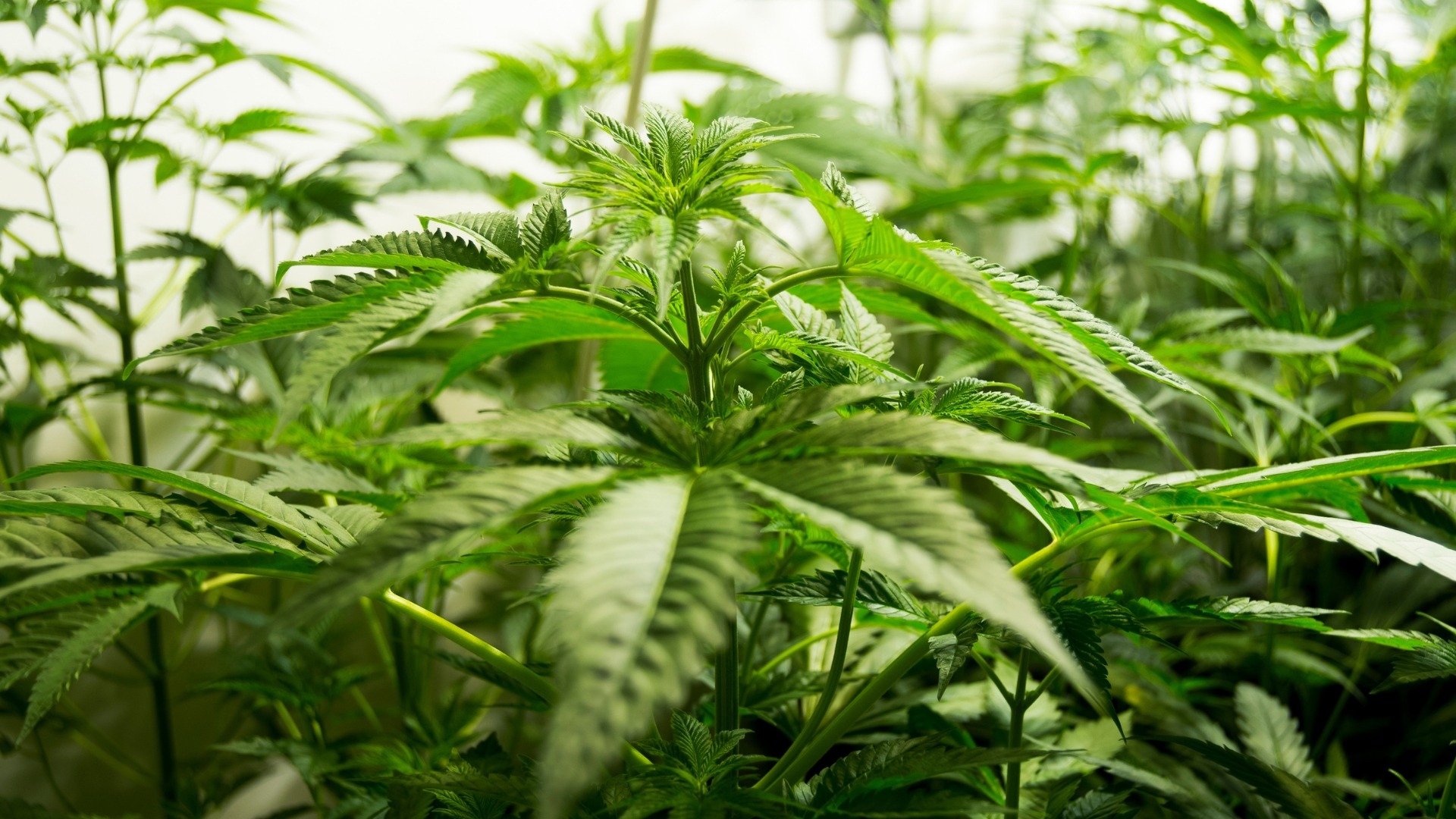In the rapidly evolving landscape of cannabis use, individuals often find themselves questioning how long marijuana stays in their system. Whether for employment drug tests or personal health reasons, understanding the factors influencing the duration of marijuana detection is crucial. In this comprehensive guide, we delve into the intricacies of marijuana metabolism, testing methods, and various factors that can impact the duration of its presence in your system.
Metabolism and Half-Life
Marijuana’s main psychoactive compound, THC, is metabolized by the liver. The half-life of THC is approximately 1 to 2 days, meaning that it takes this amount of time for half of the substance to be eliminated from the body. However, traces can linger for much longer.
Individual metabolic rates play a crucial role in the elimination of marijuana from the body. People with faster metabolisms tend to eliminate the drug more quickly than those with slower metabolisms.
Factors Affecting Marijuana Detection
Several factors influence how long marijuana can be detected in an individual’s system. These factors include:
1. Frequency of Use
The more frequently marijuana is used, the longer it takes for the body to eliminate the drug. Chronic users may have detectable levels of marijuana in their system for a more extended period compared to occasional users.
2. Method of Consumption
The method through which marijuana is consumed also affects its detection window. Inhalation methods such as smoking or vaping result in quicker absorption into the bloodstream, leading to a shorter detection time compared to oral consumption methods like edibles.
How Long Does Weed Stay in Your System?
The duration for which marijuana can be detected in the body varies depending on several factors, such as frequency of use, method of consumption, THC potency, and individual metabolism.
Here are the general guidelines for the detection windows of marijuana in different bodily systems:
1. Urine
In occasional users, marijuana can typically be detected in urine for up to 3-4 days after use. However, for regular users, detection can extend to 10-15 days or more. In heavy chronic users, marijuana may be detectable in urine for several weeks or even months.
2. Blood
THC is detectable in the bloodstream shortly after marijuana use. In blood tests, it can typically be detected for up to 24-48 hours after use, depending on the frequency of consumption. However, it’s important to note that the psychoactive effects of marijuana typically last for a much shorter duration than its detection window in blood.
3. Saliva
Saliva tests are gaining popularity for their convenience and non-invasive nature. They can detect marijuana use within a few hours to 1-2 days after consumption. THC remains detectable in saliva for a relatively short period compared to other testing methods.
How Long Does THC Stay in Your Hair?
Hair tests have the longest detection window among commonly used drug tests. THC and its metabolites can be detected in hair follicles for up to 90 days or even longer, depending on hair length and growth. It’s worth noting that the detection time is not based on the length of time since use but rather on the segment of hair that is tested. For instance, a 1.5-inch segment closest to the scalp represents approximately 90 days of hair growth.
Understanding how long marijuana stays in your system is essential for making informed choices regarding health, employment, and personal well-being. While various factors influence detection times, awareness of these factors empowers individuals to navigate the complex landscape of cannabis use responsibly. Whether it’s for a job opportunity or personal reasons, this knowledge equips you to make informed decisions about marijuana use and its potential impact on your life.
Note: This content is only for informational purposes. We do not recommend you to use this type of product.











